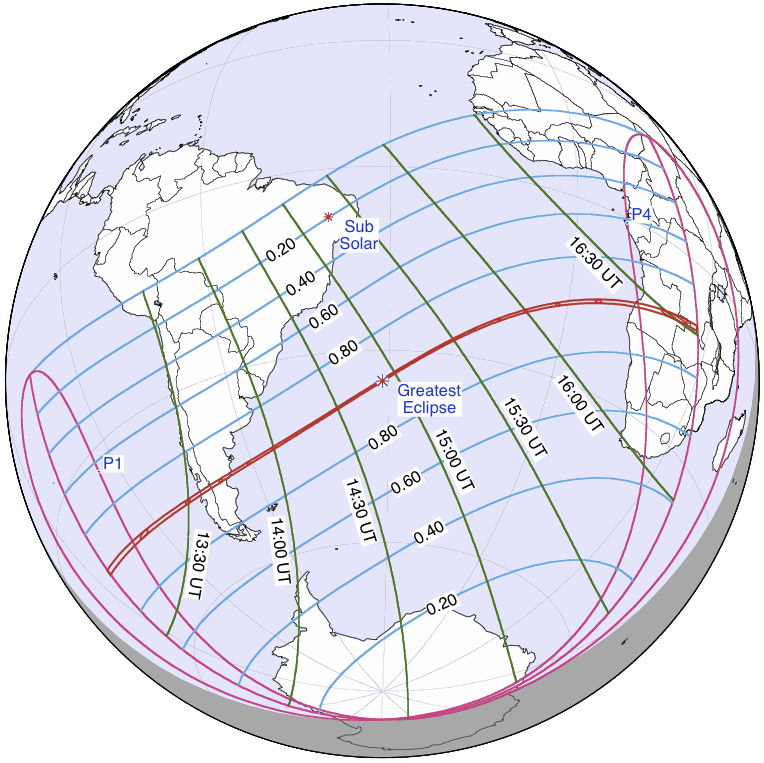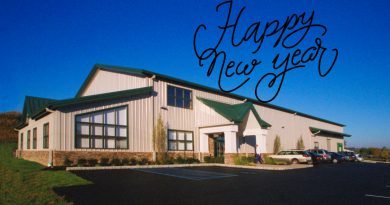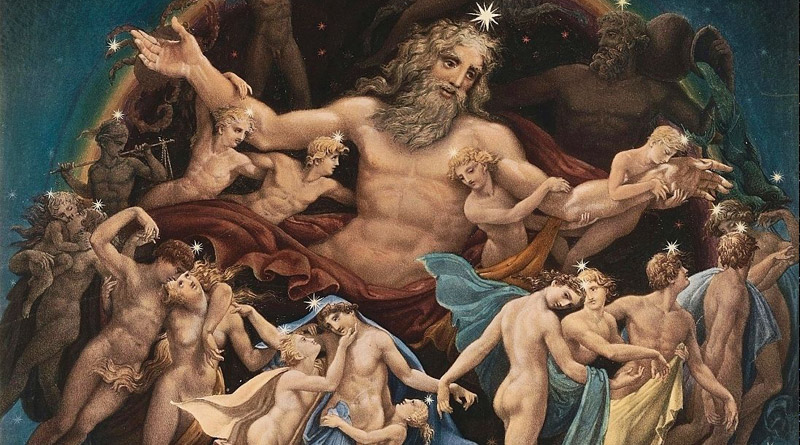Tele Vue TV-NP101is Relativity Experiment Update
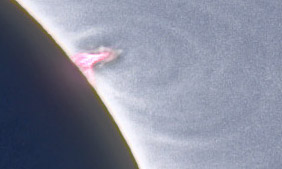
Optical physicist Dr. Don Bruns recently updated Tele Vue on his preparation for measuring star deflections near the sun during August’s total solar eclipse. As explained on our March 21st blog post (“Tele Vue NP101is to Test Einstein’s General Relativity”), when first measured at the 1919 total solar eclipse, the deflections confirmed Einstein’s general theory of relativity (and made Einstein a household name). Over the years though, the accuracy of the 1919 experiment has been called into question and subsequent visual light attempts during eclipses has not been “stellar”. According to Dr. Bruns, “astronomers last repeated the experiment in 1973, achieving an error of 11%”. This time around he hopes to achieve an accuracy of 1% using readily available amateur equipment. Instead of hauling a big 16” diameter refractor to the eclipse site – as in the 1919 experiment – he’ll be using a much more compact Tele Vue NP-101is telescope.
In a Sky & Telescope article about the experiment, Dr. Bruns explains that he choose the Tele Vue scope because he needed “to pinpoint the centers of star images to within 0.02-pixel, those stars falling near the edges and corners of each frame must be as sharp as the ones in the center. The NP101is has a flat, color-free image plane, perfect for creating these very accurate star images, and I can adjust the focuser so that the camera remains perfectly square to the optical axis.”
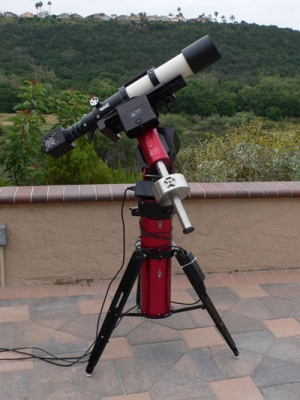
Early this spring, Dr. Bruns took nighttime and twilight images of the stars that will be near the sun during the August eclipse. This calibration data was used to map-out any distortions present in the system. This work was written up in a paper “Astrometric distortion calibration of a portable refractor”, co-authored with his nephew, which has been submitted for publication.
The results are pretty encouraging. The average of the 16 simulated data sets gives the correct deflection to within 1%, with most of the simulations falling within 3% from the true value. This is true even for the twilight tests where the sky brightness is close to what I expect in August.
At this point an “end-to-end” simulation of the eclipse imaging run with all the hardware, software, and analysis to be used on the actual day of the experiment has been completed. Having written automation scripts for imaging experiment, Dr. Bruns reports that “All I need to do is press ‘Enter’ at start of totality and enjoy the spectacle.”
An interesting aspect of the experiment is that there are several methods of acquiring and analyzing the images. Dr. Bruns explains in his own words below.
I’ve decided to complete the experiment in four ways:
1) I already recorded stars near the sun in March, with no gravitational deflection. I can compare to the same stars in August. No need to correct for distortion! This is the old style of analysis; I want to see how closely modern technology compares.
2) Use only images taken during the eclipse, near the sun. Determine deflections by un-mixing effects of gravity and unknown plate scale. This is the way it has been done every previous eclipse since 1919.
3) Use images taken near the sun, as well as reference images 8 degrees away, all during totality. This is the way all the astronomers had hoped to do the experiment, but something always went wrong. This could be the first time someone completes the experiment the “right” way.
4) Spend 10-seconds in the middle of the eclipse taking short (0.2-second) exposures. Two bright stars at R=1.5 solar radii may be measured. This fortuitous circumstance will not be repeated for another 235 years! This makes the deflection measurements more accurate than using 20 stars further away. The risk is that these stars are too close to the sun to be imaged under the corona, and no results will be obtained. It is worth 10 seconds of totality.
This project has kept the “retired” Dr. Bruns pretty busy. Besides doing thousands of hours of distortion calculations, he’s published an article in Sky & Telescope, given a paper on the topic at the Society for Astronomical Sciences Symposium, submitted his calibration paper for publication, had an interview published on the Discover magazine blog, and will be a speaker at the Astronomical League’s Astrocon 2017 convention in Casper, Wyoming. His talk “Measuring Starlight Deflection during the 2017 Eclipse: Repeating the Experiment that made Einstein Famous” will be given Thursday, August 17th. The League expressly choose the date and location of this year’s meeting because the eclipse path is almost centered over this city (totality lasting 2’28” on the center line) that has some of the clearest skies for that time of year.
Says Dr. Bruns:
When I started this project in November 2015 after talking to my brother over Thanksgiving dinner, I had no idea that I would be so busy, or publish all these papers, or get this much publicity. I hope this is also keeping you interested in my project.
Thanks for your support!
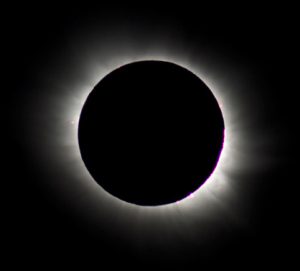
The total solar eclipse in 2017 will be a special few moments in time. Tele Vue equipment is designed, built, and tested to give you the best for your eclipse experience and beyond. Heirloom quality and performance that excels in all visual and imaging relms. Rugged, travel-friendly apochromatic refractors provide stunningly natural images and work with all types of solar filters.
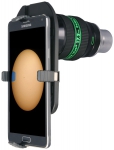
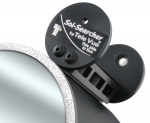
Our eyepiece lines provide full-field sharpness and contrast across all designs to cater to your aesthetic and ergonomic preferences. The same consideration extends into accessory design. Take FoneMate, (mobile version) it is the easiest way to mate virtually any smart phone to a Tele Vue eyepiece. Sol-Searcher (mobile version) is the safest solar sighting device since you look away from the Sun to find it! For the 2017 eclipse and beyond, your observing time deserves the best.
- “Tele Vue NP101is to Test Einstein’s General Relativity” (3/21/2017) blog post.
- Astrocon 2017 website
- Tele Vue TV-NP101is website page (mobile version)
- Tele Vue Fonemate website page (mobile version)
- Tele Vue Sol Searcher website page (mobile version)
- Tele Vue telescopes website page
- Tele Vue eyepieces website page
Did you observe, sketch, or image with Tele Vue gear? We’ll like your social media post on that if you tag it #televue and the gear used. Example:
televue #tv85 #ethos #jupiter
Do you want your Tele Vue images re-posted on Tele Vue Optics’ Social Media accounts? Use this hashtag for consideration:
#RPTVO


